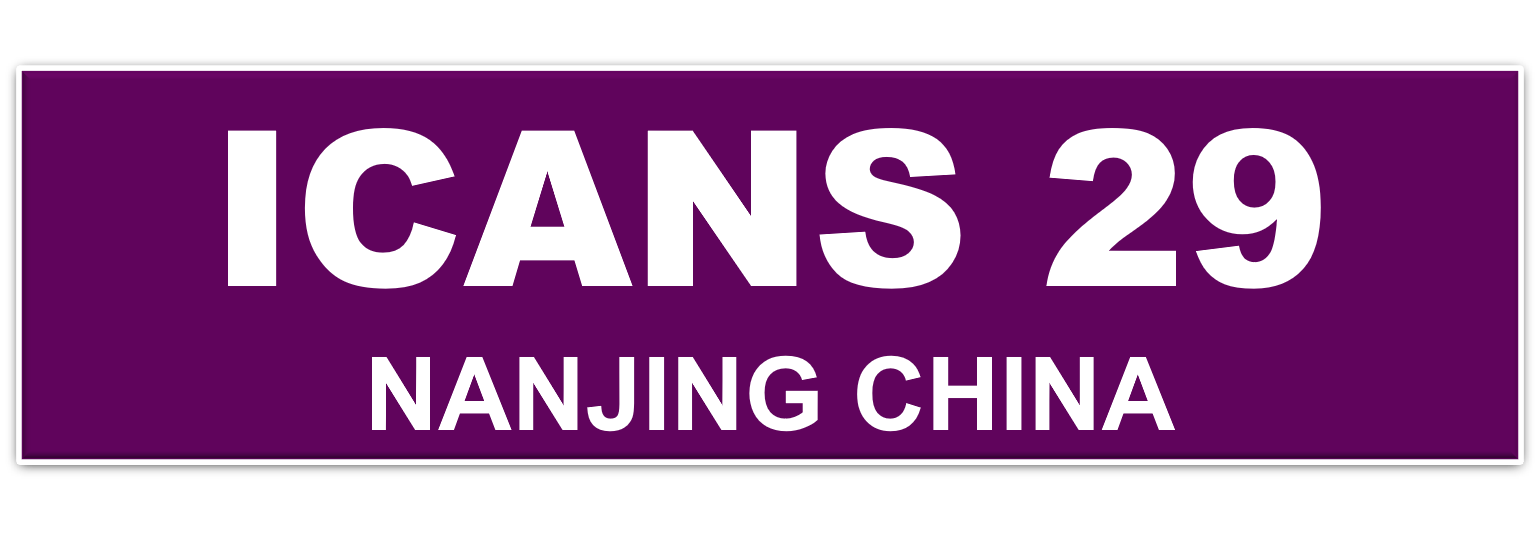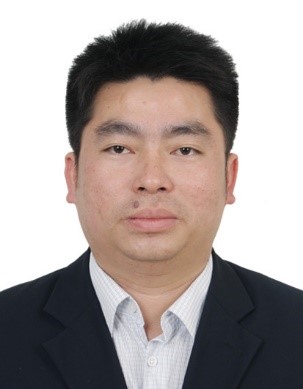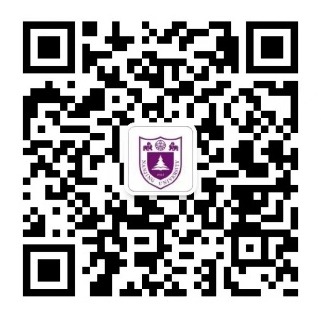Wenyong Lai
Flexible Thin Film Electronics
State Key Laboratory of Organic Electronics and Information Displays (SKLOEID), Nanjing University of Posts & Telecommunications, 9 Wenyuan Road, Nanjing 210023, China
Email: iamwylai@njupt.edu.cn
Biography
|
Dr. Wen-Yong Lai is a full professor at Nanjing University of Posts and Telecommunications. He received his PhD from Fudan University in 2007. He then joined the State Key Laboratory for Organic Electronics & Information Displays, Institute of Advanced Materials (IAM), Nanjing University of Posts & Telecommunications. His research mainly focuses on the design, synthesis, and application of organic & polymer optoelectronic materials for organic/flexible electronics. He is also interested in the exploration of novel materials and processes for printed electronics. |
Abstract for Presentation
Printable Materials for Flexible Electronics
Flexible electronics have attracted particular interest from the diverse fields including materials, chemistry, electronics, engineering and so on. With significant advances, various flexible electronic products, such as flexible displays, wearable devices, and smart electronic skins, are bringing profound impact on human life. After years of development, organic light-emitting diodes based on organic small molecules is becoming more and more mature and now become real in the market, which are widely used in cell phones and TV sets. While the flexible electronic technology based on optoelectronic functional polymers still remains largely to be explored. The development of novel materials and new technologies makes this field rather attractive. Our work focuses on the design and development of high-performance printable organic polymer optoelectronic materials, organic interfacial materials, flexible electrodes, the regulation and optimization of their functionality, with the aim to develop high-performance large-area printed flexible electronics.
References
Lai WY,* et al. Appl. Phys. Rev. 2022, 9, 021403; Chem. Soc. Rev. 2022, 51, 3181; Adv. Funct. Mater. 2022, 32, 2111276; Chem. Eng. J. 2022, 440, 135824; Angew. Chem. Int. Ed. 2021, 60, 10007; Adv. Funct. Mater. 2021, 31, 2101303; Adv. Funct. Mater. 2021, 31, 2107484; Nat. Commun. 2020, 11, 5561; Research, 2020, 9075697; Research, 2020, 3839160; Chem. Soc. Rev. 2020, 49, 5885; Chem. Soc. Rev. 2019, 48, 3229; Adv. Mater. 2018, 30, 1704738; Adv. Mater. 2018, 30, 1802466; Adv. Funct. Mater. 2018, 28, 1705955; etc.
WELCOME TO CHINA TO ATTEND THE ICANS
23-26 August, Nanjing, China
Connect with us:



